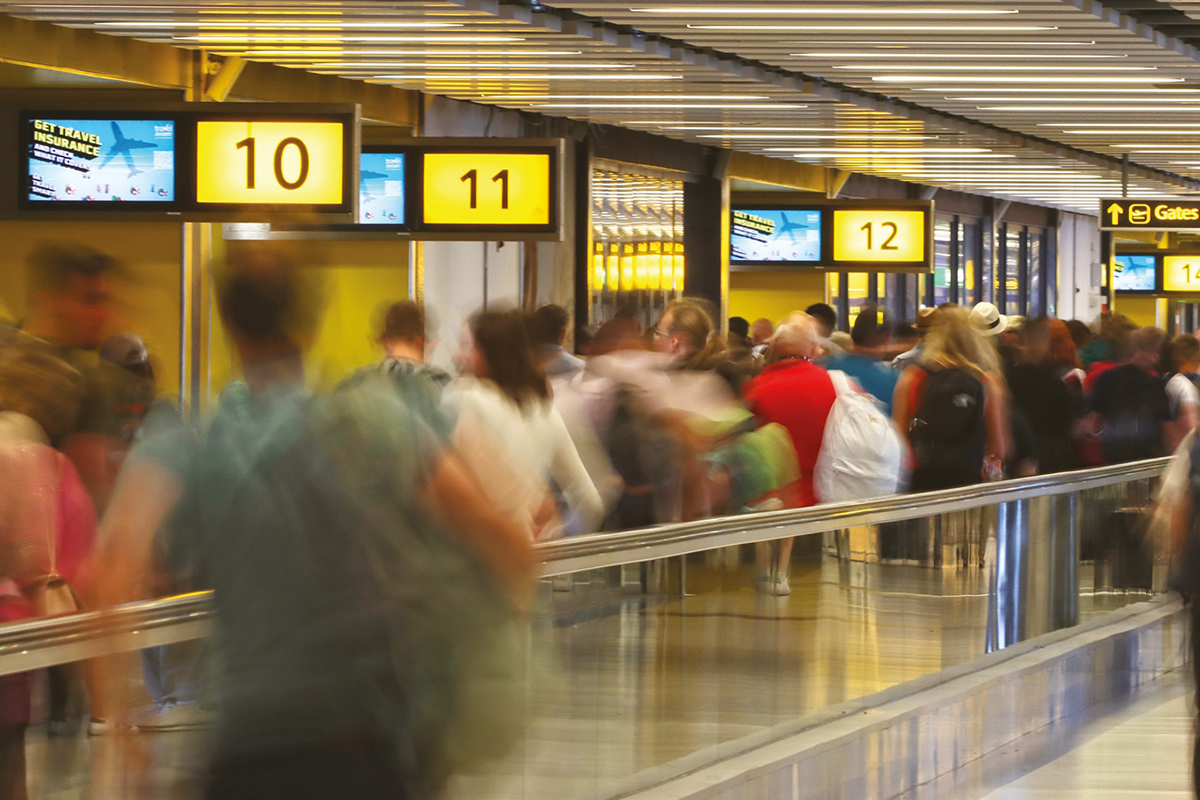
Forecasts have been revised up, and over 40 million passengers are now expected at the airport this year. Passenger forecasts are still some way off pre-pandemic levels of 46 million, but the airport is cautiously optimistic about the future.
Gatwick’s network of flights has bounced back strongly, which has seen the business return to being profitable.
Its short haul network was the first to recover last year, and now serves 159 destinations – 92% the number pre-pandemic – after easyJet, Wizz Air and Vueling increased flight numbers significantly.
Long-haul connectivity took longer, due to travel restrictions still being in place in some countries, but now boasts
47 routes – 76% the number in 2019.
“While things are looking up, a full recovery is still some way off and it is also not guaranteed” says Gatwick CEO Stewart Wingate.
Long-term sustainable investment
During this year’s results, Stewart Wingate also announced that Gatwick has set an ambitious goal to be a net zero airport by 2030 - 10 years ahead of its previous commitment.
This will be achieved by investing over £250 million to reduce carbon emissions, such as moving to an electric vehicle fleet and replacing gas boilers and refrigerants with low carbon alternatives. The airport will also continue to reduce overall energy use, invest in on-site renewable energy, including solar power, and source renewable electricity through Power Purchase Agreements (PPAs), to further continue London Gatwick’s role in helping the UK to decarbonise.
Stewart continues: “We know long-term sustainable investment is critical to the future of our airport and provides a significant boost to the regional and national economy. Central to this is our commitment to be a net zero airport by 2030. The aviation industry is addressing the challenges, and we are working closely with our stakeholders to ensure we create a sustainable airport for the future.”





